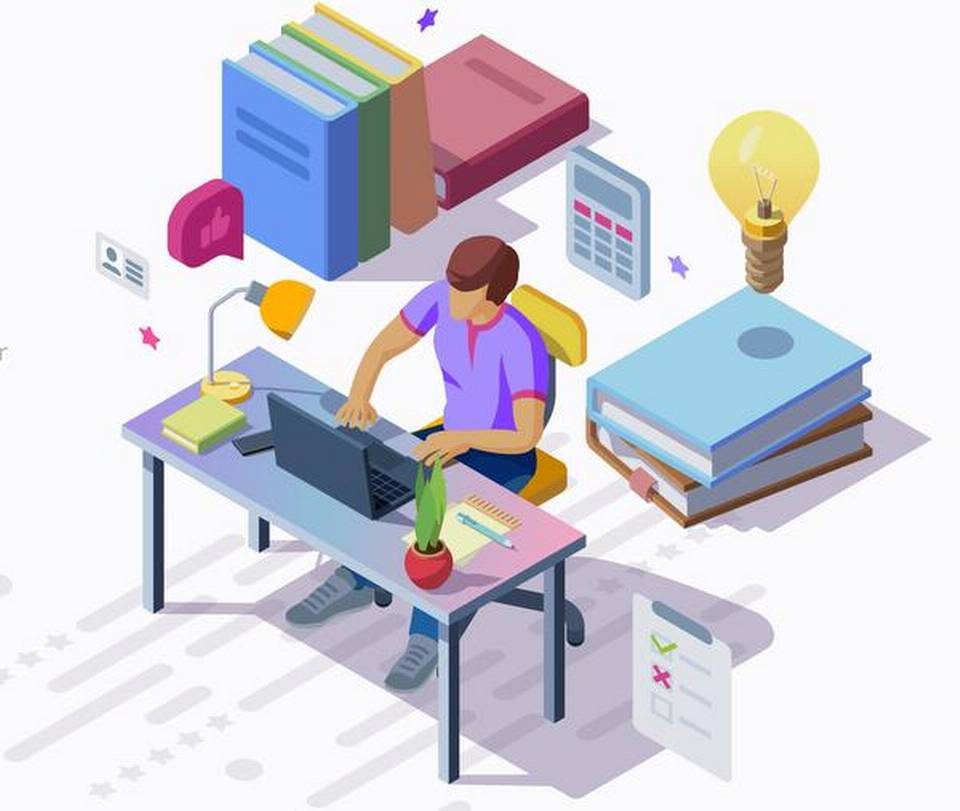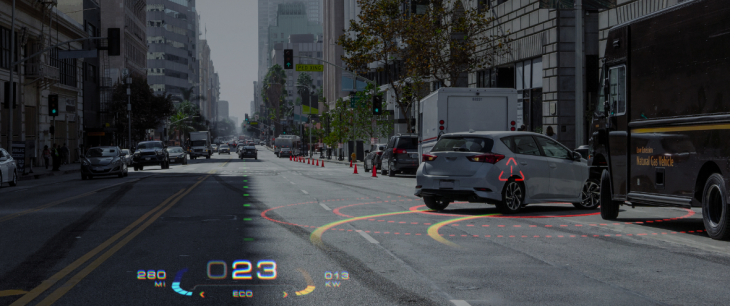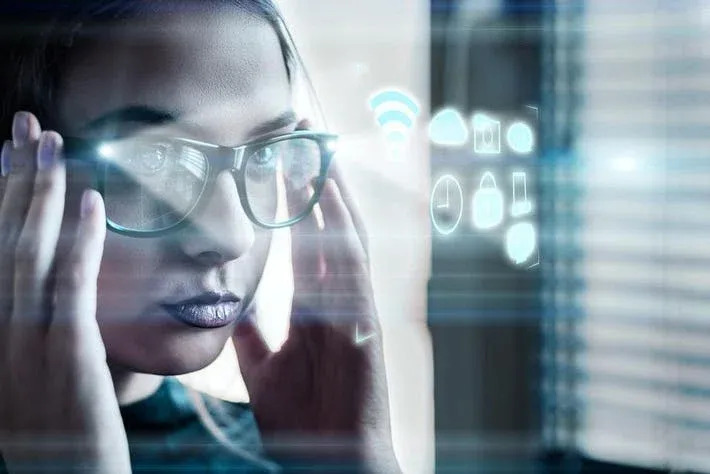How has ed-tech impacted distance learning courses?
Distance learning refers to the education system where teachers and students do not have to be present in the same room. One of the earliest attempts at this form of learning was made in 1728, when lessons were delivered through post. The University of London introduced distance learning degrees in 1858.
Initially dependent on the postal system, distance education evolved along with technology. The introduction of computers and the Internet made it more efficient and accessible, as students could choose courses from across the globe. Today institutions that provide distance learning courses deliver their lessons through online websites, podcasts, television and other methods. Ed-tech has made distance learning more flexible with the use of virtual and AR classrooms, which allow students and teachers to exchange information.
However, distance learning has traditionally had some drawbacks. The lack of physical interaction with the teacher and fellow students has led to a loss of interest and affected communication and social interaction skills. The other aspect is the expenditure on technology, especially today. With resources such as computers, AR and AI set-ups, and access to the Internet being required, costs are rising.
The pandemic also had its impact on distance learning has reached a different level during the pandemic. With the Internet being the primary source of connection, all educational institutions had to shift to this mode so that learning did not stop. With the home being converted to a classroom and the blackboard to a computer screen, this had its own challenges. Access to the Internet and devices was one issue. A survey by the NCERT showed that almost 27% of students did not have smartphones or laptops and that 26% preferred textbooks over gadgets. Difficulty in focusing on the screen for extended periods, lack of concentration and communication with peers and teachers and not enough knowledge of required technology were some of the issues that came up.
While distance learning has come a long way, there are still ways to make it better. Interactive classes with better communication is one. Institutes can make use of advanced technology to deliver a better learning experience. This will involve training teachers to use the latest technological aids. The class schedule should be drawn up in such a way that it allows students to focus properly. Finally, good connectivity and proper digital resources, including devices, should be made accessible and affordable to improve the reach of distance learning.
Quelle:




